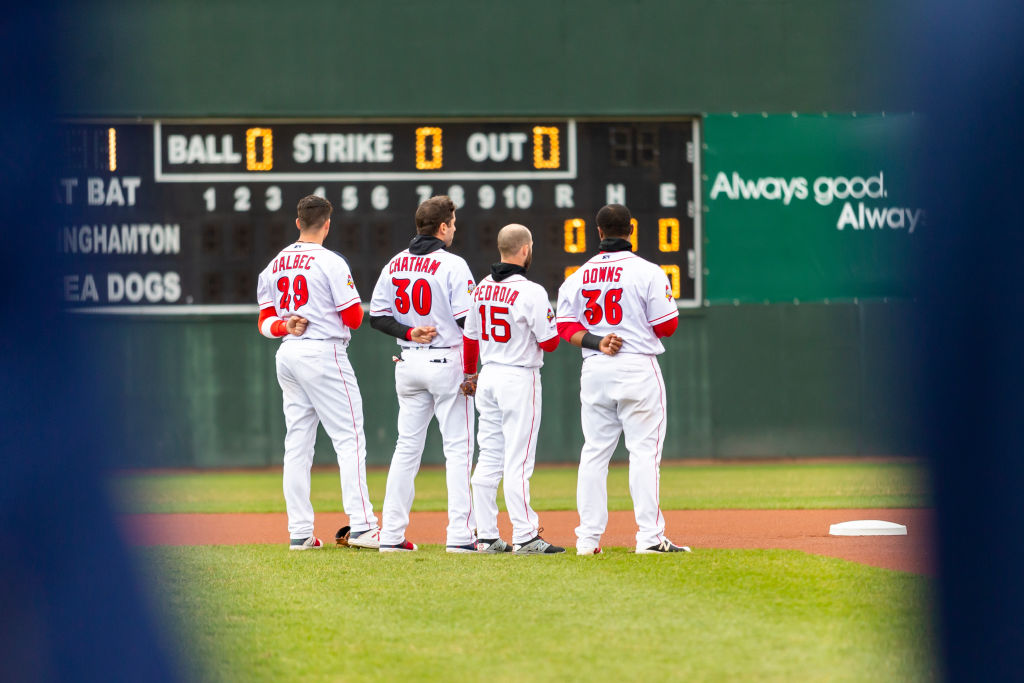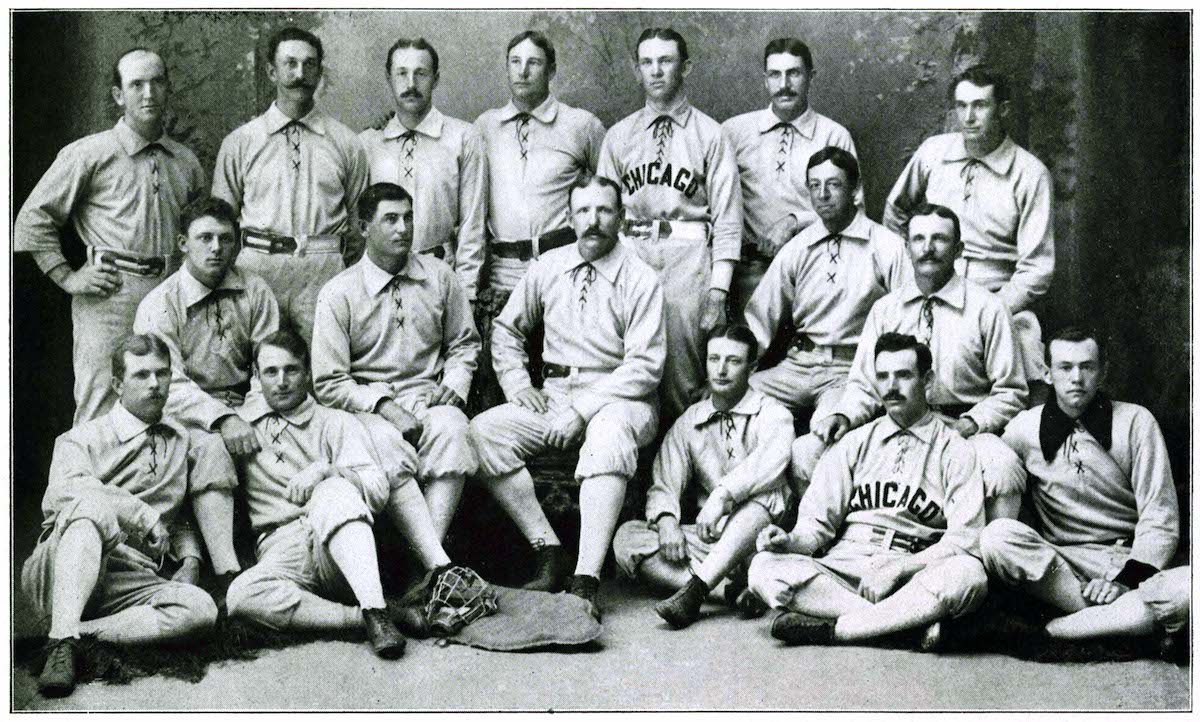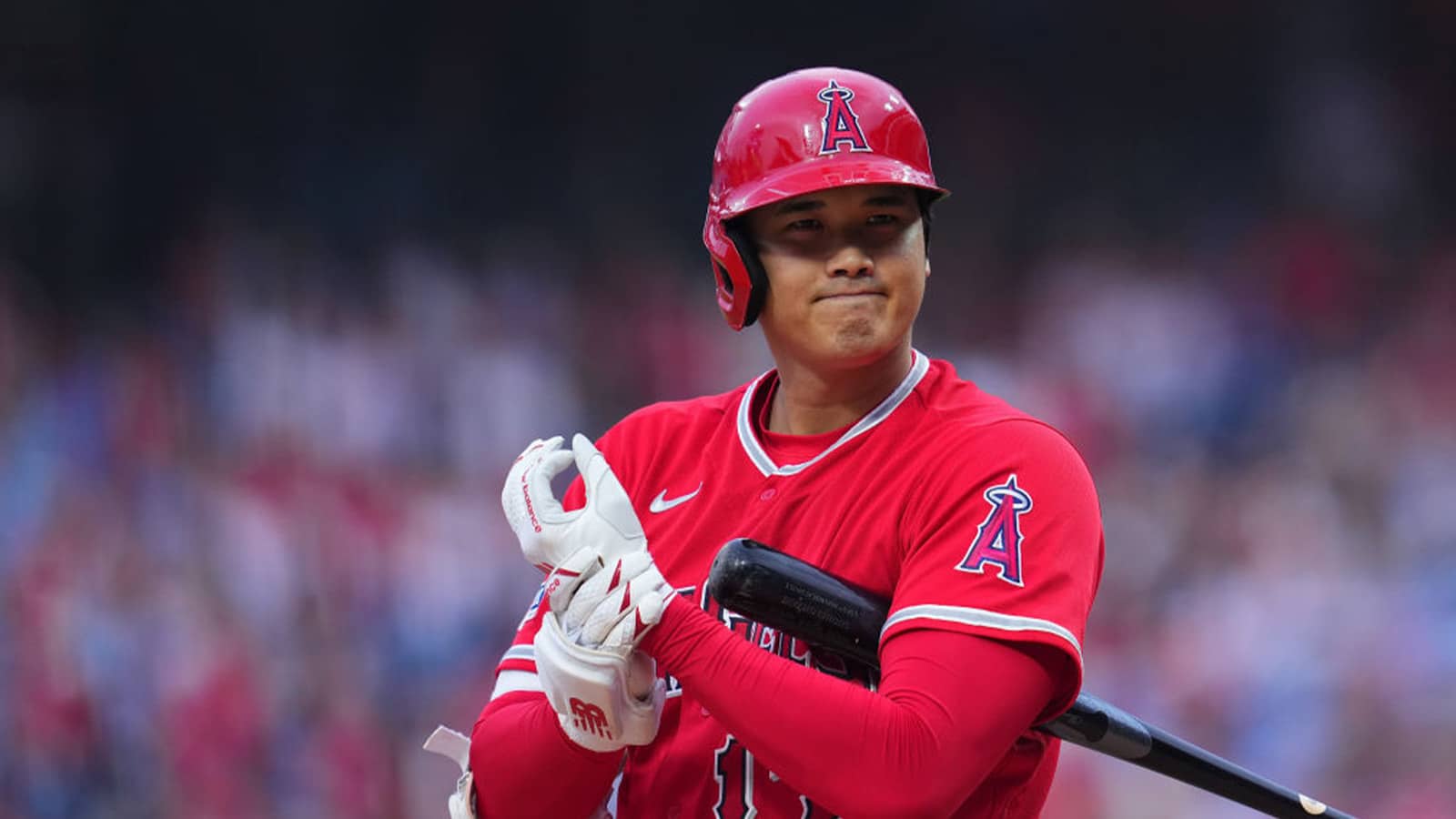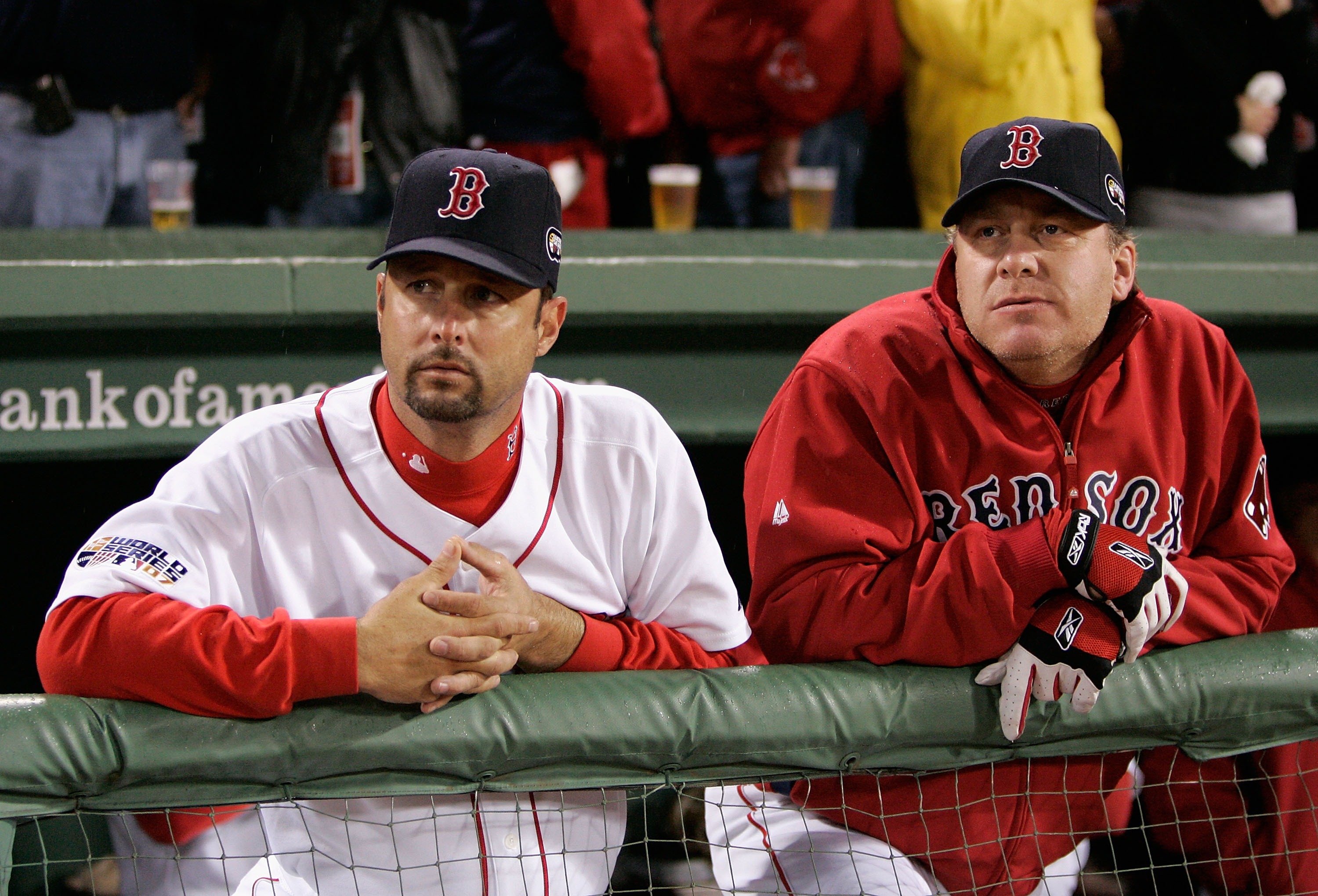
How Much Do Minor-League Baseball Players Make?
Minor-league baseball players are getting raises ranging from 38% to 72%, but that comes with a catch.
Although the 72% raise sounds impressive, minor-league salaries are far lower than what the average Major League Baseball player makes or even the big-league minimum for that matter.
In fact, Gerrit Cole or Mike Trout can cover the annual salaries of their organizations’ entire minor-league roster by signing over one bi-weekly paycheck per season.
Baseball players have a long climb to the big money
The ascent to the top in baseball is a lengthy journey in almost every case. Players coming out of high school or arriving from foreign countries in the 17-to-19 age range are not ready for the rigors of 162 MLB games and lack a deep knowledge of the game. Making it to the majors as even a September call-up just four years after being drafted is an accomplishment.
Those coming out of college are more mature and acclimated to the daily grind, which allows many of them to skip short-season Class A leagues for advanced competition and perhaps even play a full year of Triple-A ball by their third season.
Either way, it’s a tough road. MLB clubs draft and sign dozens of players each summer, meaning that a like number must be cast aside. Players cut from the low minors rarely catch on with another MLB organization.
Here’s how much minor-league players really make
Players that the New York Yankees and other clubs assign to rookie ball or the Class A leagues that start after the annual June draft have been making $290 a week and will be bumped up to $400 following the first significant raise in 15 years.
Those in the advanced Class A leagues go from $290 to $500, while the Double-A scale moves from $350 to $600. The guaranteed money in Triple-A, just a phone call away from playing for the Los Angeles Dodgers or Chicago Cubs, increases from $500 to $700 but can go quite a bit higher for two specific groups of players.
The Toronto Blue Jays reportedly broke ranks with most MLB teams in 2019 by paying 50% above the minimum. Others may have paid a little above the minimum.
Players also receive a $25 per diem during road trips and are fed after games.
If the minor-league money sounds even marginally passable for young players who split the cost of apartments, keep in mind that minor-leaguers are only paid for the five months a year that they’re playing. They’re on their own during spring training and the offseason.
Obviously, players can work offseason jobs and get financial help from their families. Those selected in the June draft also negotiate bonuses when signing their first pro contract.
Though the bonus money runs into seven figures at the top of the draft, each slot is assigned an approximate value and MLB teams must adhere to a cap. If a draftee doesn’t sign, the money assigned to his spot can’t be distributed to other players.
How do the salaries compare with MLB?
The multimillion-dollar contracts for Clayton Kershaw and David Price get the headlines, but the minimum salary for a major-league player in 2020 is $563,500. The guys immediately below them, minor-league players that the MLB teams protect by placing them on the 40-man roster, earn $46,000 for their first year and roughly double that if they’re signed to a second contract.
Those players on the 40-man roster are the only minor-leaguers covered by the MLB collective bargaining agreement with the players union.
Finally, there are the journeyman players in the Triple-A leagues, who can command money comparable to what players on the 40-man roster make. Typically in their late 20s or early 30s, they have had a taste of playing in the majors at some point and are valued by big-league clubs for their ability to tutor prospects who are on their up but also fill in on the big-league roster for injured players or to take a turn as a spot starter in an overworked pitching rotation.



